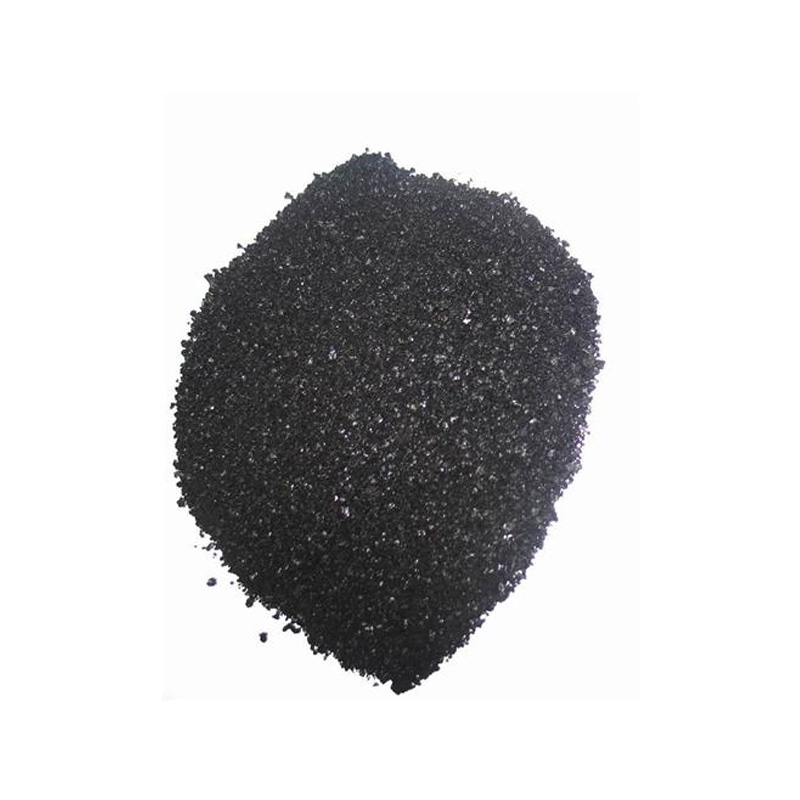Indigo Blue Vat Blue


Trustworthiness in sulphur dyes is affirmed by the sheer volume of textiles processed with these dyes every year globally. Industrial practitioners trust these dyes not only for their efficacy but also for their adaptability to different types of fabric blends. For manufacturers, this translates to a reduced necessity for multiple dye types, streamlining their production processes and reducing costs. Sulphur dyes also cater to the evolving demands of fashion and textile trends. With the push towards more sustainable fashion, these dyes offer a reliable solution that aligns with eco-friendly practices while still providing the rich hues that are in demand. They enable designers and manufacturers to continue creating bold, beautiful garments while adhering to strict environmental protocols. In conclusion, the enduring legacy and contemporary relevance of sulphur dyes in the textile industry speak volumes about their performance and adaptability. By balancing traditional dyeing methods with modern technological advancements, sulphur dyes reaffirm their place as an indispensable tool for textile professionals. The integration of environmental considerations with efficient dyeing processes continues to bolster their reputation across the globe. For anyone involved in textile production, understanding and implementing the use of sulphur dyes can yield significant benefits both environmentally and economically, bolstering their value proposition in today's competitive market.
-
innovating-bromo-indigo-excellence
NewsAug.23,2025
-
pioneering-indigo-plant-dye-excellence
NewsAug.23,2025
-
leading-sulphur-black-dyes-enterprise
NewsAug.23,2025
-
sulphur-black-dyes-light-resistance
NewsAug.23,2025
-
indigo-blue-granular-industrial-uses
NewsAug.23,2025
-
bromo-indigo-synthetic-production-process
NewsAug.23,2025
-
The Timeless Art of Denim Indigo Dye
NewsJul.01,2025

Sulphur Black
1.Name: sulphur black; Sulfur Black; Sulphur Black 1;
2.Structure formula:
3.Molecule formula: C6H4N2O5
4.CAS No.: 1326-82-5
5.HS code: 32041911
6.Product specification:Appearance:black phosphorus flakes; black liquid

Bromo Indigo; Vat Bromo-Indigo; C.I.Vat Blue 5
1.Name: Bromo indigo; Vat bromo-indigo; C.I.Vat blue 5;
2.Structure formula:
3.Molecule formula: C16H6Br4N2O2
4.CAS No.: 2475-31-2
5.HS code: 3204151000 6.Major usage and instruction: Be mainly used to dye cotton fabrics.

Indigo Blue Vat Blue
1.Name: indigo blue,vat blue 1,
2.Structure formula:
3.Molecule formula: C16H10N2O2
4.. CAS No.: 482-89-3
5.Molecule weight: 262.62
6.HS code: 3204151000
7.Major usage and instruction: Be mainly used to dye cotton fabrics.

